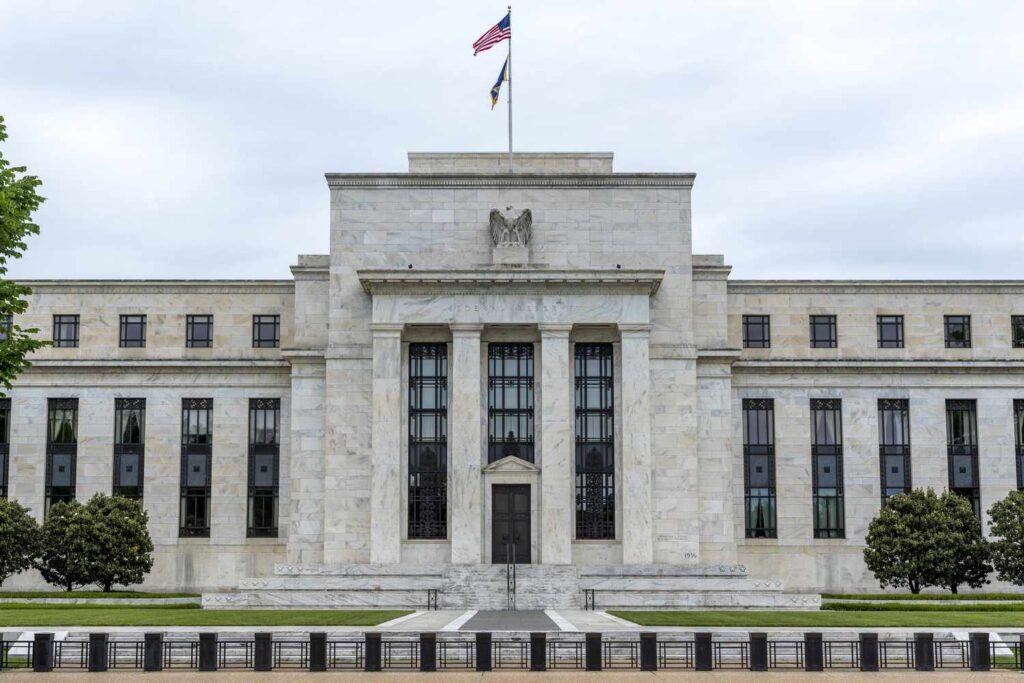If you got a big raise recently, some Federal Reserve officials in charge of fighting inflation have a bone to pick.
Key Takeaways
- Members of the Federal Reserve’s policy committee are worried that wage growth, while slowing down, is still too high to allow inflation to fall as far as they want.
- Some economists think rapid wage growth in recent years has fueled inflation, while others don’t think it’s been much of a factor.
- One measure of wage growth shows raises are outpacing inflation, giving workers more buying power despite rising prices.
Policymakers at the Fed are concerned wage growth isn’t slowing fast enough for inflation to fall to the 2% annual rate that the central bank targets, according to minutes of the Federal Open Market Committee released Wednesday.
The minutes shed light on what FOMC members were thinking in July when they decided to raise the Fed’s key interest rate to its highest since 2001, the 11th rate hike since March 2022. By raising its benchmark fed funds rate, the Fed put upward pressure on interest rates for all kinds of loans including mortgages and auto loans. The pressure makes borrowing harder and discourages spending in an effort to bring supply and demand more into balance.
Many economists believe rapid wage growth can stoke inflation in two ways: by putting more spending money in the pockets of workers, and by raising costs for businesses. Both outcomes could lead to businesses raising prices.
In July, median hourly wages had risen 6% over the previous 12 months, according to the Federal Reserve Bank of Atlanta’s wage growth tracker, outpacing the 3.2% growth in consumer prices over the same period, as measured by the Consumer Price Index.
Whether the Fed should be so focused on wages is a matter of debate—a report by researchers at the Federal Reserve Bank of San Francisco in May showed that wages have played little to no role in the high inflation that took hold in the middle of 2021.
Indeed, Jerome Powell, chairman of the Fed, downplayed how much wages were contributing to inflation during a press conference following the July meeting.
The FOMC minutes did little to change the outlook of traders who mostly are betting the Fed won’t raise its interest rate when it meets next in September, and will instead hold it steady before beginning to cut it next year, according to the CME Group’s FedWatch tool, which forecasts rate hikes based on fed futures trading data.
